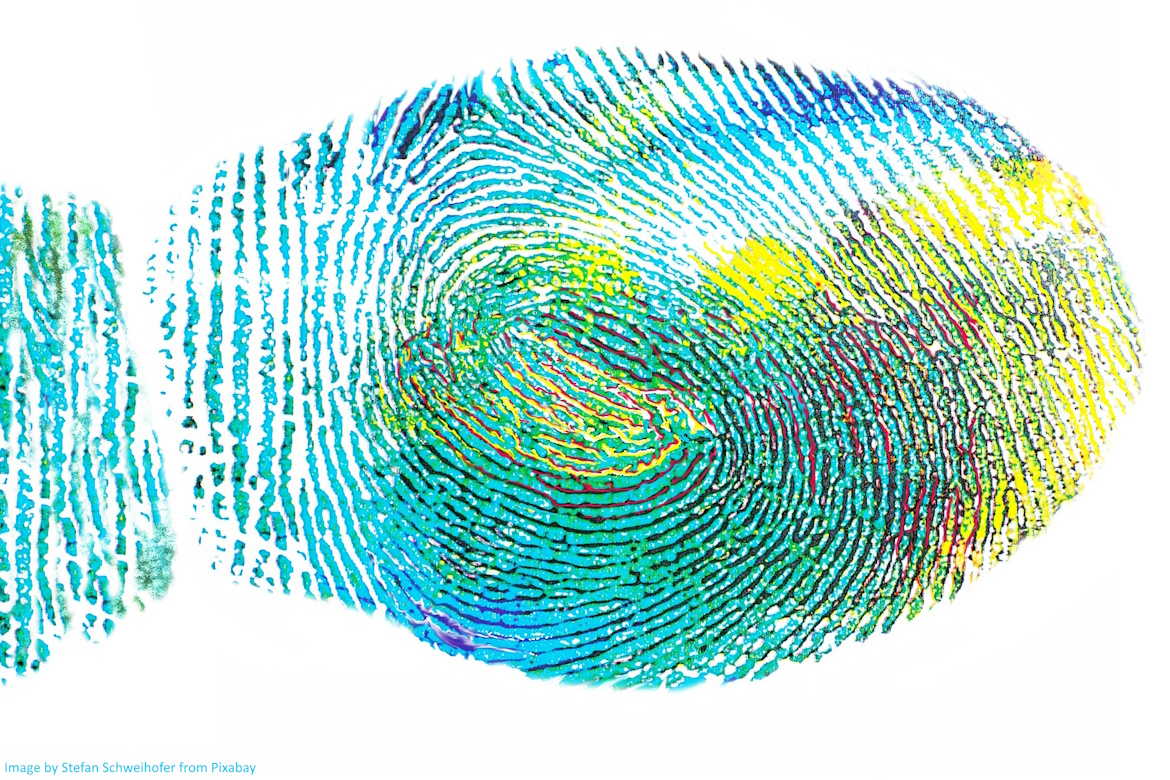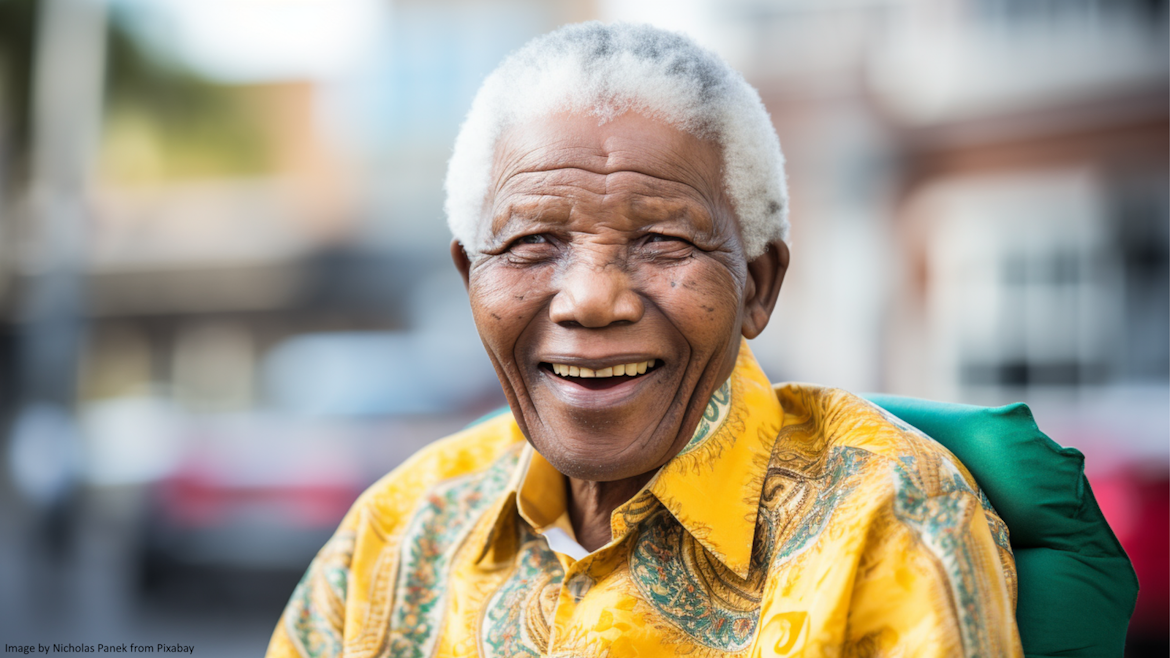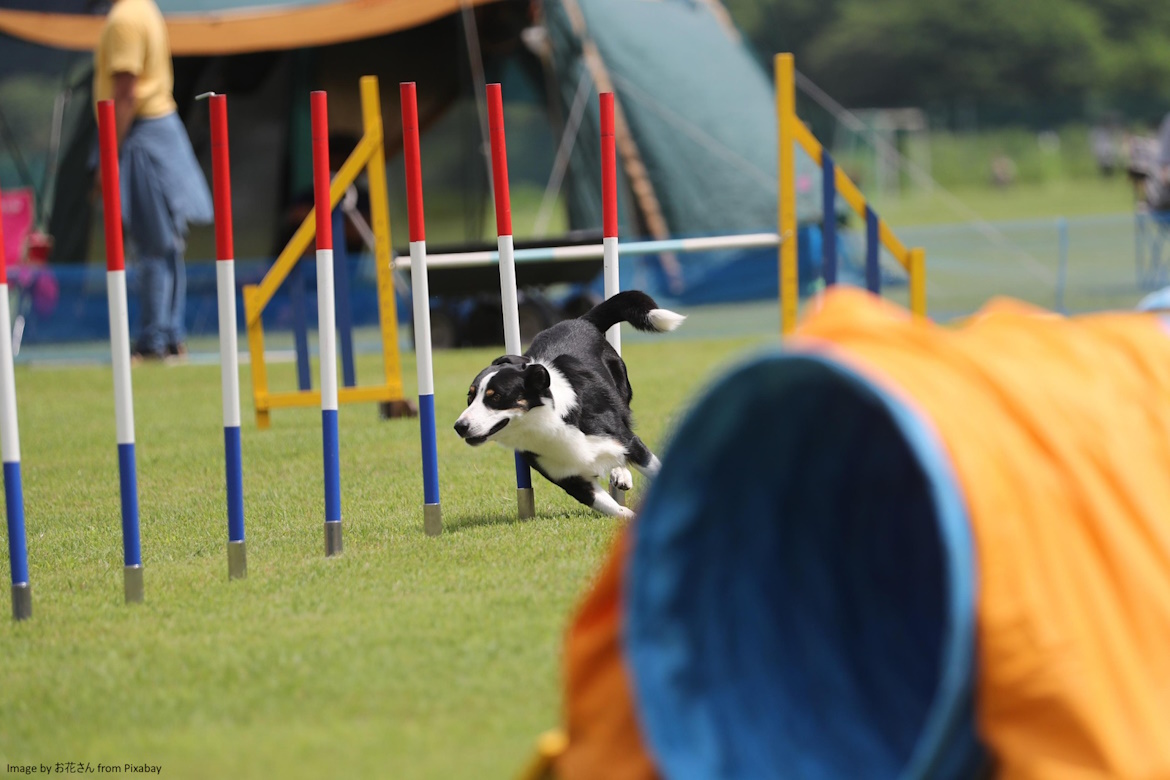
Your emotional fingerprint
People talk about you behind your back.
What do they say?
When you pick up a glass, you leave a mark - a fingerprint. When you meet people, you leave an emotional fingerprint.
What's your emotional fingerprint?
That emotional fingerprint shapes how people describe you when you're not in the room.
People usually say nicer things about us than we say to ourselves. We are often our own harshest critic.
It helps to understand how others perceive us so we can update our view of ourselves because our view of ourselves has such a massive impact on what we think we can do, and can succeed at, and what we never even try.
So, it's worth finding out how others actually experience you. Ask for feedback about the feeling you leave behind.
Here are some questions to spark that conversation:
• What do I do that adds distinctive, measurable value to you?
• What do you see me being proud of?
• What am I the 'go-to' person for?
• What am I famous for?
• What one word describes how you remember me?
Try asking three people this week, and compare what you hear with the story you tell yourself.

Nelson Mandela on language
"If you talk to a man in a language he understands, that goes to his head. If you talk to him in his language that goes to his heart." - Nelson Mandela
He wasn't just talking about French or Zulu. He meant the language of relevance; words, examples, and stories that matter to the listener.
What is important to them?
If you're explaining a new shift pattern in a factory, skip the company's financial logic. Instead, talk about what it means for people's lives; the time they clock off, when they can pick up their kids, or whether they'll get their weekends back. That's their language.
What we focus on gets magnified. So, magnify what matters to your audience.
Talk about what they care about, which might not be what you care about.
If they know that you know what they care about, they know that you care.
Read that last sentence again carefully.
When they feel understood, they're far more open to learning and change.
Review a current training course; list three things relevant to the course that your audience truly cares about.
Then make sure the training content connects to every one of those things.
Note: If you can't think of at least three things, why should your delegates care about the course?

Build your next learning programme the agile way
Designing a full-scale learning programme that truly drives transfer is no small feat. It's far more complex than a single training event. It is this complexity that often stops people from even starting. But there's a field that thrives on complexity: software development.
Agile software development offers a mindset L&D can borrow wholesale. Its philosophy? Start small, deliver early, adapt fast. The Agile Alliance (www.agilealliance.org) has a short manifesto and 12 principles that can easily be reinterpreted for learning design.
In 2012, Mark Zuckerberg wrote a letter to prospective shareholders in the upcoming Facebook IPO. In it he said, "We have the words 'Done is better than perfect' painted on our walls to remind ourselves to always keep shipping".
That mindset of keep shipping, keep learning, is exactly what agile teams live by. Instead of waiting until your programme is 'ready', get a pilot version out there, test it, learn, and iterate.
Perfection is the enemy of progress. The faster you start, the faster you learn what works.
Your challenge this week: Choose a training event and ask, "How would this be different if we took an agile approach?"

Comfort never made anyone stronger
In a gym class recently, the instructor told us to grab slightly heavier weights than usual.
Then he said something that stuck: "There's no change without challenge."
Simple. True. Uncomfortable.
That line kept bouncing around in my head. Because it's not just about muscles.
It's about every area where we want to grow.
And every time we quietly avoid the uncomfortable stretch that would get us there.
Challenge and discomfort travel together. The burn in your arms. The awkward pause in a tough conversation. The unease of admitting you don't know. The fear of trying and failing.
Most people give up right at the moment discomfort appears... and the very moment growth is starting to happen.
So here's the challenge:
What discomfort are you willing to lean into this week to get the change you say you want?

Stop Teaching Adults Like They're Kids
Most of us learned how 'learning' works by going through school, which means we were trained in child-centred education without realising it. Then we entered the workplace and started designing training for adults... using the same model. No wonder so much corporate learning falls flat.
We must let go of 'teaching' as we remember it and focus on how best to help adults learn, and then use their learning.
Adults don't want to be 'taught'. They want to understand why something matters before they invest time or attention. They are problem-solvers, not passive recipients, and they learn fastest when the content helps them fix a real, current challenge. If they can't see the relevance to them, you have lost them.
They also bring a lifetime of habits, assumptions, and experiences to every learning moment. That's both a gift and a barrier.
Consider the effort it takes for someone to start driving on the other side of the road in a foreign country. Many of their automatic reflexes are now an enemy rather than a friend. Einstein said it so well: "I must be willing to give up what I am in order to become what I will be".
Here's the challenge: look at one piece of learning you're currently designing or delivering. Ask yourself:
• Have I made the 'why' and the relevance unmistakably clear?
• Is it current problem-centred rather than content-centred?
• Where might 'unlearning' be required before new learning can land?









